Nvidia SLI And AMD CrossfireX Setup Guide
Dual Graphics Card Step by Step Guide
Nvidia SLI and AMD CrossFireX
So you want to go multi-GPU for the first time, but are not a hundred percent sure what to do or how to go about it? Fear not intrepid gamer, this simple step by step walk-through will make the process of setting up a SLI or CrossFire system a breeze.
This guide is divided into two distinct parts. First we have to physically install the cards in the appropriate dual card configuration, and then we have to configure the cards in the OS to enable dual card operation.
Part 1 - Physical Installation Process
The Motherboard
Not all motherboards will allow a dual graphics card set up, make sure that your motherboard is compatible. An easy way to find that out is to simply go to the product page and check the specifications of your motherboard.
Or look on the box.
The Graphic Cards
Nvidia SLI
 Obviously for dual graphics cards we will need two physical graphic cards. Both these cards need to be of the same model for SLI. The two cards do not necessarily have to have the same clock speed, just the same model graphic card and memory capacity. What that means is it is possible to pair to different variations of the same model. For example I am going to use GeForce GTX 580 MATRIX 1.5GB and 580GTX DirectCU II 1.5GB in SLI. As long as they are both GeForce GTX 580 cards with the same memory capacity I will be able to use them in SLI configuration. The same goes for a GeForce GTX 560 Ti or any other graphic card series.
Obviously for dual graphics cards we will need two physical graphic cards. Both these cards need to be of the same model for SLI. The two cards do not necessarily have to have the same clock speed, just the same model graphic card and memory capacity. What that means is it is possible to pair to different variations of the same model. For example I am going to use GeForce GTX 580 MATRIX 1.5GB and 580GTX DirectCU II 1.5GB in SLI. As long as they are both GeForce GTX 580 cards with the same memory capacity I will be able to use them in SLI configuration. The same goes for a GeForce GTX 560 Ti or any other graphic card series.
Mixed cards?
AMD CrossFire
 The red team allow you to pair any two AMD graphic cards in CrossFireX. Notwithstanding that option, it is still most common to pair two cards that are the same in CrossFire to maximize performance. I have paired a HD 5870 and a HD5850, but I could have used a HD 6850 and a HD 5850. CrossfireX is flexible enough to allow a pretty neat upgrade path for a gaming system.
The red team allow you to pair any two AMD graphic cards in CrossFireX. Notwithstanding that option, it is still most common to pair two cards that are the same in CrossFire to maximize performance. I have paired a HD 5870 and a HD5850, but I could have used a HD 6850 and a HD 5850. CrossfireX is flexible enough to allow a pretty neat upgrade path for a gaming system.

Selecting the Correct PCIe Slots
Each motherboard will have its own unique PCIe lane configuration. The total number of lanes available is dependent on the CPU/chipset of the motherboard. If possible it is best to place each graphic card in a PCIe 16x slot, but not all motherboards will have that facility. Those motherboards that do support 2 or more PCIe 16x will often place the two 16x where it best suits a mutli-GPU layout. It therefore does not always follow that the first two slots will be both 16x; more often the first and third slot will be 16x. The PCIe configuration of your particular motherboard will be laid out in the motherboard manual or you can physically check the markings on the motherboard itself if you like.
It is worth noting that some of the modern super graphic cards, such as the MATRIX and DirectCU II ranges are triple slot graphic cards. What that means is the graphic card will take up three slots in the case, rather than two. So if you are pairing two of these high-powered behemoths, please ensure your motherboard has a suitable gap between PCIe lanes to accommodate them.
Power Requirements
A graphic card is a major user of power. It is for that reason that PSU manufactures rate their products as SLI and/or CrossFire certified. It is in your best interests before embarking on the dual graphics card journey to ensure your PSU will be up to the task, otherwise it will not have the necessary power connectors, or worse yet, your system will crash. Most PSU manufactures will clearly show if the PSU is SLI, CrossFire or multiple graphics card ready.
The total number of connectors needed to power the two cards needs to be factored into your configuration. There are adaptors available if your PSU does not have sufficient connectors, but it's not recommended to use this method.
*Warning - only connect PCIe 6/8-pin connectors to your graphic card. Make sure you are not trying to connect a 12v motherboard 8 pin connector to your graphic card. Most PSU vendors clearly mark their cables and connectors: 8-pin motherboard connector is labelled 'EPS' or 'ATX12V', whereas 8-pin graphics connectors are usually labelled 'PCI-E'.
Preperation
Before you install your graphics cards, quickly ensure that the PCIe slots are free of any dust or debris. A visual inspection before inserting the card can save hours of anguish later on. Also remember to remove the protective cover from the graphic card connectors if it has them.
Which Card Goes First?
No two graphic cards are exactly the same, even if they are the exact same product and model variation. One will be slightly stronger than the other; by that I mean if you were to overclock the graphic cards one would clock higher than the other. However, in a dual card configuration, which card is the better overclocker is largely irrelevant. The reason is that when running two cards together the system automatically defaults to the lowest clock settings of the two cards when SLI or CrossFire is enabled. ASUS GPU Tweak software does allow you to go outside this default action by forcing higher clock speeds on individual cards, but that will be covered in another guide.
If you have had the opportunity to run and test each card before setting up a dual graphic card system I would suggest placing the cooler of the two cards in the top slot. This is because the bottom or lower graphic card will have more unrestricted cooler air flow. The top card will have slightly warmer air flowing through the heat sink. Don't worry if you haven't performed this step however.
Installing the first card
I always install the top card first. That way I do not have to worry about being cramped when installing the second card.
Insure you have a even and solid fit in the PCi-e slot. Then secure the graphic card with the appropriate latching mechanism or thumb screw, to the rear of the case. Graphic cards can be heavy, so it is recommended to always secure your graphic card to the case rather than put stress on the PCIe slot.
Now install the second graphic card. Ensue that you are placing the graphic card in the correct PCi-e slot before you secure the card.
Connecting the power
Make sure the PC is OFF before installing power cables! I prefer to disconnect the PSU from the wall socket and then press the power button to discharge any residual charge in the capacitors, before I connect the power connectors to graphic cards. Hold the graphic card with one hand lightly and then firmly press the correctly lined up power connector into the matching female connector.
Do not force the connector. If there is resistance that seems greater than which can be reasonably expected, stop!
- Immediately remove the connector you were trying to fit and do a visual inspection of both the connector and the socket.
- Check for the latching mechanism corresponding to both connectors.
- Check that you have the correct six pin or eight pin connector which is used for a graphic card.
- Check for objects that may be lodged in the plastic which would prevent insertion.
- If it's still not successful, try another power connector.
Some of the time the PCIe female socket can be a bit snug the first time you use the graphic card. Keeping a solid grip of the graphic card to prevent it from twisting or being damaged press firmly and directly downwards with the male power connector.
Connecting the bridge
For two graphics cards to work in SLI or CrossFire they need to be connected using the appropriate bridge cable:
You will find the SLI bridge in your motherboard box however CrossFire bridges are normally supplied in the graphic card box. However, not all vendors do provide a bridge (ASUS does, don't worry) so they can often be bought from your preferred PC component retailer. Note that SLI and Crossfire bridge pieces are not inter-compatible with each other.
Remove the protective caps from one of bridge connectors (if they are two). Line up the connector and press firmly down until it has seated completely. Simply link them both up as follows:
Preparing to power up for the first time
Before you power your system up for the first time in SLI or CrossFire, you need to quickly make sure that your installation is correct.
- Confirm by inspection that both graphic cards are securely screwed into the appropriate slots on your case.
- Insure that the power cables for the graphic cards are installed and that they are the correct kind of power connectors.
- Insure that you have removed all surplice screws or other items that you used during the installation of the graphic cards.
- Insure the bridge cable is connected properly at both ends.
Now you are ready to boot into the OS!
Part 2
Setting up dual graphics cards in a Windows Environment
Congratulations you are nearly there! Only a few small steps are now needed and you can then experience the awesomeness that is the multi-GPU experience.
There are two options here, the first is not always possible but is recommended.
1) a fresh install of operating system before enabling dual graphics cards
2) Installing and enabling dual graphics cards from within an existing operating system.
New OS
During the installation process generic graphic card drivers will be installed by Windows that will enable you to get the basic functionality. Once the installation of your OS has been completed and you have installed the motherboard drivers and any other chipset drivers that you want, reboot your system and then install the latest driver for your graphic card. If you have not previously downloaded the latest drivers for your graphic cards do so. The latest drivers can be downloaded directly from Nvidia and AMD.
Once downloaded begin the installation process. Decide which of the options you wish to install or simply select the default express install. On completing of the graphic drivers being installed reboot your system. Once you have rebooted into OS you will notice that you have a pop up notification with Windows 7 informing you that SLi or CrossFire (dual graphic cards) is available. Click on the notification or open the respective control panel.
Nvidia
- Open the Nvidia Control Panel by selecting the Nvidia icon in the system tray, use the Windows control panel, or even via the advanced section of the display properties.
- Once open select the Set SLI configuration page located in the frame on the left.
- select Enable SLI technology (recommended) or Maximize 3D Performance (depending on your driver version).
And you are all done!
AMD Catalyst Control Center (CCC)
- Open CCC by selecting the icon in the system tray, using Windows control panel or even via the advanced section of the display properties.
- Once open select the drop down menu graphics top left corner.
- Select CrossFireX
- Select Enable CrossFireX
And you are done!
Existing OS
You MUST uninstall previous drivers before installing new drivers. Ideally you should uninstall these drivers BEFORE even installing your new graphics card! This minimizes driver-hardware errors and the chance of a Windows blue screen or system reset as the PC boots up.
Once both the cards are correctly mounted and the system powered up, you will see a notification popup informing of the detection of the two new graphics cards. Simply follow the same steps listed above to enable dual cards.
Enjoy your dual card experience, and let us know if you need any help or have any other tricks, in the forums!
Author
Popular Posts
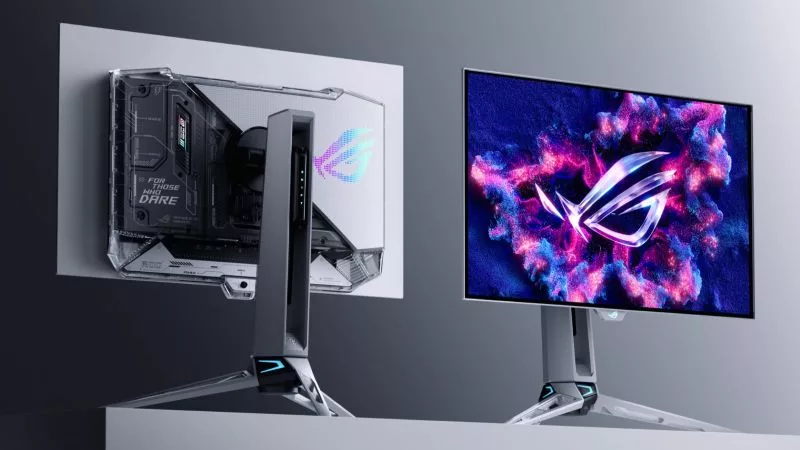
Prepare for Tandem OLED splendor with these new ROG gaming monitors
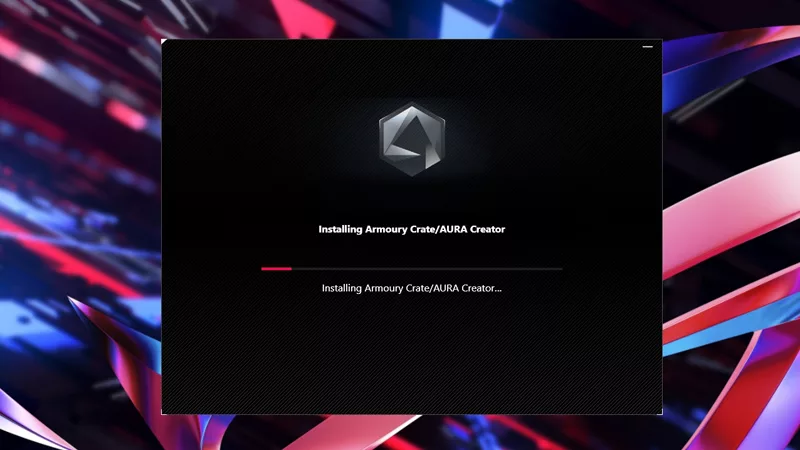
How to Cleanly Uninstall and Reinstall Armoury Crate

How to adjust your laptop's P-Cores and E-Cores for better performance and battery life
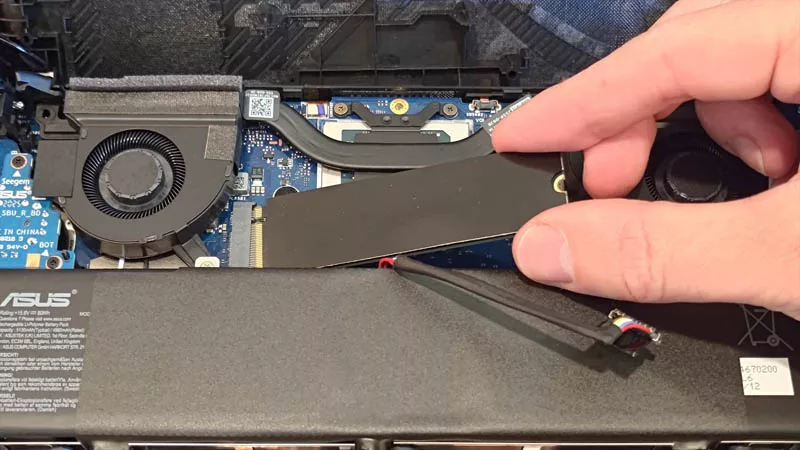
How to upgrade the SSD and reinstall Windows on your ROG Ally, ROG Xbox Ally, or ROG Xbox Ally X
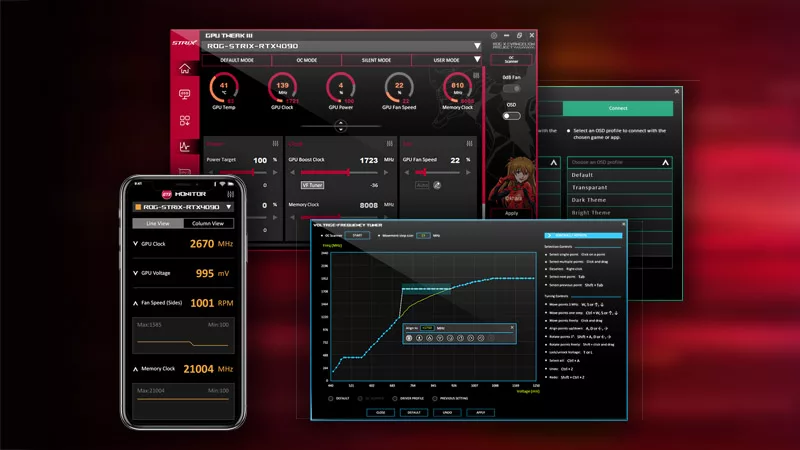
ASUS GPU Tweak III: The ultimate tool for advanced GPU tuning
LATEST ARTICLES
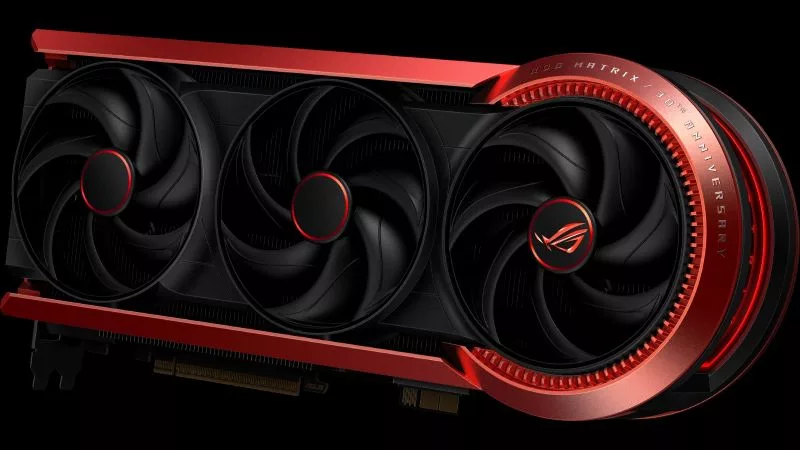
The ROG Matrix GeForce RTX 5090 celebrates 30 years of gaming innovation
One graphics card, 30 years of legacy. Here's how the new ROG Matrix learns from the past while forging its own path into the future.

The ROG Strix GeForce RTX 5070 Ti brings next-gen style and power to PC gamers everywhere
Our ROG Strix GeForce RTX 5070 Ti packs incredible performance inside a gorgeous exterior that tells the world you play hard.
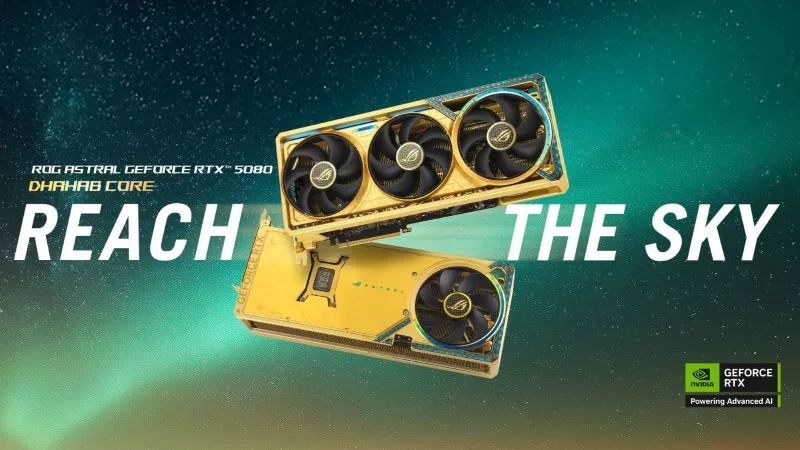
Rizz up your rig with the golden ROG Astral GeForce RTX 5080 Dhahab CORE OC Edition
ROG Astral graphics cards are built to take style and performance to new frontiers. The ROG Astral GeForce RTX 5080 Dhahab CORE OC Edition is no exception.
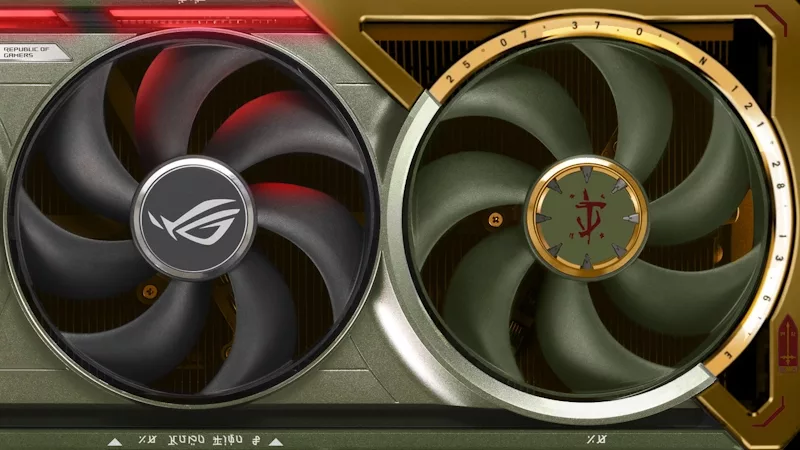
ROG and DOOM: The Dark Ages collide in the ROG Astral GeForce RTX 5080 OC DOOM Edition graphics card
Bold gaming performance meets the iconic style of the DOOM Slayer in the form of one unconquerable graphics card.
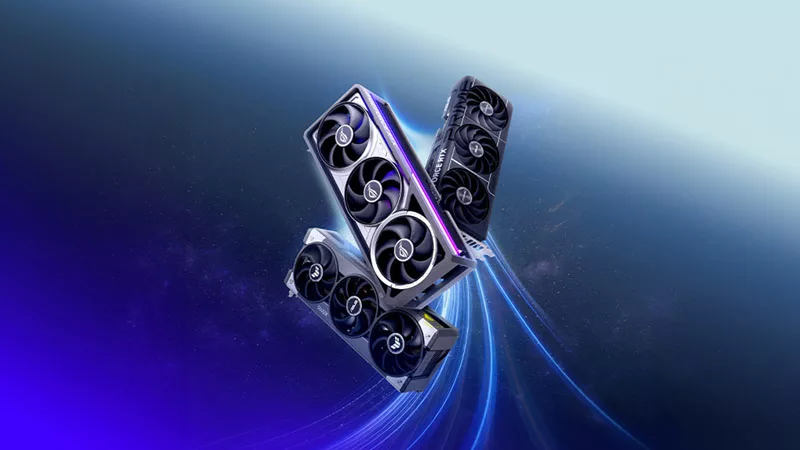
ROG Astral vs Strix vs TUF vs Prime: which ASUS graphics card is right for you?
When you go to buy a new graphics card, you might have an idea of which GPU you want, but picking a model is tougher. ASUS and ROG offer a number of variants to provide options that fit your build (and budget) best.

Introducing the ROG Astral GeForce RTX 5090 and 5080: a new frontier of gaming graphics
The NVIDIA GeForce RTX 50 series of GPUs has landed, and to usher in this new generation of graphics performance, we’re launching a new line of graphics cards.





















